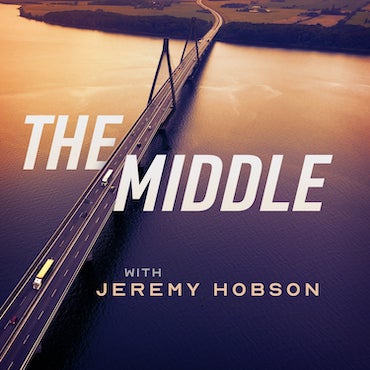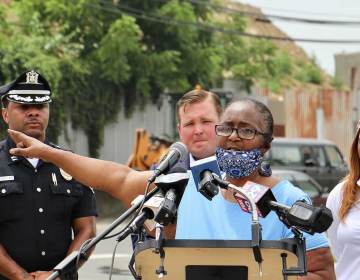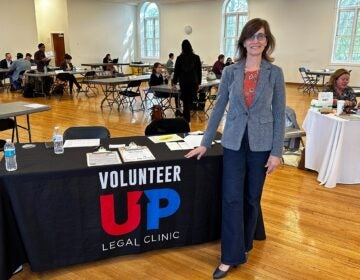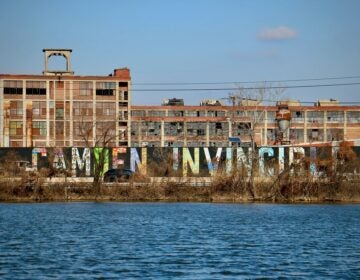Our national reckoning on race must include environmental justice
Until we recognize the changing climate as a clear and present danger, particularly to communities of color, we won’t pursue necessary systemic change, Samir Nichols writes.
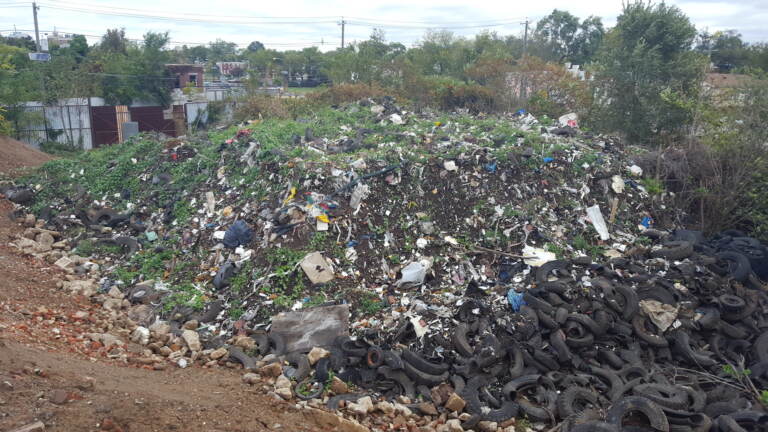
A pile of toxic debris in Camden. (Office of the New Jersey Attorney General)
In an era of heightened awareness around the depths and magnitude of systematic racism, we hear a lot — rightfully so — about police brutality and criminal justice reform. But what we don’t hear about enough is environmental racism and its impact.
In my role as the executive director of Superior Arts, a Camden-based arts organization, I was commissioned by the Trust for Public Land to write a stage play about the impact environmental injustices have on residents. Back in March 2021, I spent several months listening to residents. Some experienced displacement from their homes due to noxious smoke that overtook their community after a recycling plant caught fire, while others experienced flooding due to old piping infrastructure. Stories like these helped me draft the script. I then learned some damning statistics that further exposed me to harsh realities.
For example, a study published by the National Academy of Sciences notes that in America, Black and Hispanic residents consume more than 50% more pollution than they produce, while white residents consume 17% less pollution than they produce. Each layer of information illuminated more disparities. Poor communities and communities of color continue to bear the burdens of industrialization, yet aren’t the largest consumers.
I also recently learned about the Urban Heat Island effect, which mainly occurs when cities replace natural land cover with dense concentrations of pavement, buildings, and other surfaces that absorb and retain heat. This ultimately increases energy use for things like air conditioning and unexpected medical costs from heat-related illnesses like asthma, heart disease, and diabetes.
If you follow the science, it shows you that heat is the biggest killer out of all natural disasters, and data clearly shows that extreme heat is not evenly distributed across racial groups. In 94% of the cities analyzed by a national study, researchers found that historically redlined neighborhoods were nearly 5 degrees warmer on average than non-redlined neighborhoods, with some cities showing as much as a 13-degree difference.
How do you think I feel now when it’s too hot to go outside, knowing redlined communities are the places feeling this disproportionate level of heat? How do you think I feel when it floods so badly that raw sewage from 37 municipalities covers my local park and blocks drivers from crossing roads?
For some of us, environmental racism is something we live with every day. Based on what I’ve seen, people of color in my communities aren’t hyperactive in the conversation around environmental injustices because most are desensitized to what’s right in front of their faces.
In Camden, we spend $4 million a year cleaning illegal dumpsites. The air we breathe is among the worst in the country. The water that floods your loved one’s home could be mixed with raw sewage, and there’s little to no accountability when mounds of contaminated material end up in your neighborhood. The truth of the matter is this: Camden is an environment that would never exist in an affluent suburb.
The COP26 climate conference, organized by the United Nations, serves as a reminder that climate change will not impact all places equally. Globally, poorer nations and nations of color are more likely to suffer. Environmental racism is an issue that has to be addressed at every level from hyperlocal to global.
The image often associated with environmental activists is that of wealthy white people. The cruel irony is the actual people harmed by climate change and environmental racism today — not in some distant future — are predominantly low-income communities of color.
The people with the most at stake in this debate are too often the ones excluded or uninterested. Until we all recognize that the changing climate is a clear and present danger, particularly to communities of color, then we won’t pursue the intentional, strategic, and systemic change that is required by the government.
While there’s still much to do, it’s liberating to see my home state leading the charge in mitigating environmental racism. New Jersey was the first in the nation to pass a statewide environmental justice bill that looks at how communities of color have been subject to a disproportionately high number of environmental and public health stressors, including pollution from numerous industrial, commercial, and governmental facilities.
I remain optimistic that when community leaders and elected officials come together, anything is possible. We just have to remember who is the most vulnerable among us and make sure they have seats at the table.
Samir Nichols is a New Jersey playwright who uses theater as a way of exposing how climate change impacts Black and brown communities around the world. Samir and his students were recently featured on Good Morning America.
WHYY is your source for fact-based, in-depth journalism and information. As a nonprofit organization, we rely on financial support from readers like you. Please give today.
